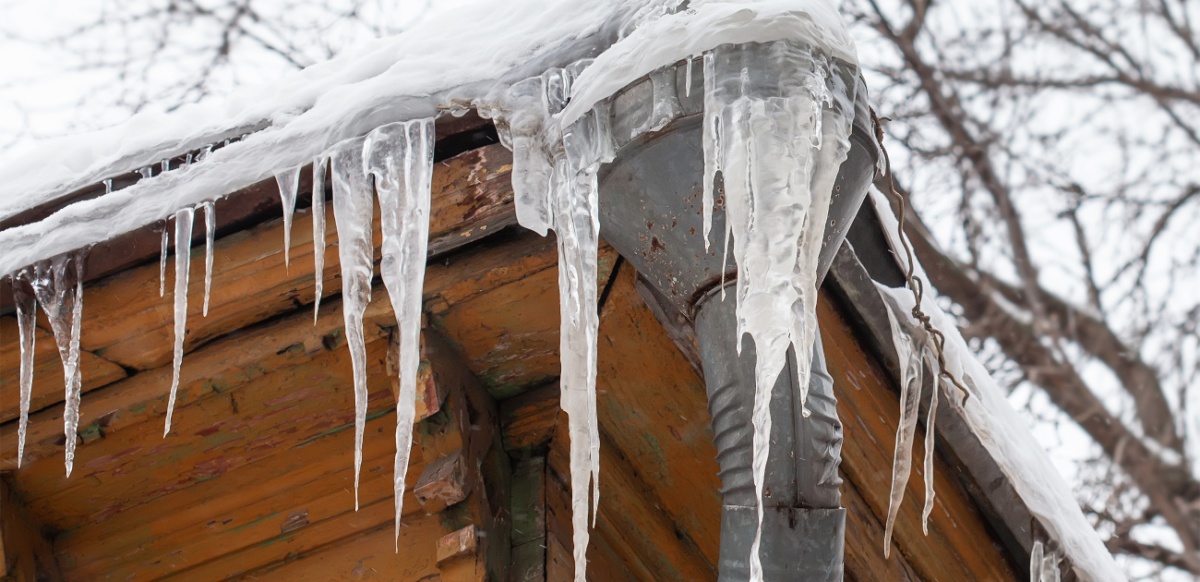Avoiding Frozen Pipes in Cold Weather: Essential Tips
Avoiding Frozen Pipes in Cold Weather: Essential Tips
Blog Article
This post down below relating to Prevent Frozen Pipes is immensely insightful. Don't bypass it.

Cold weather can wreak havoc on your pipes, specifically by freezing pipelines. Below's how to stop it from happening and what to do if it does.
Introduction
As temperatures decrease, the threat of icy pipelines boosts, potentially leading to costly repairs and water damage. Understanding exactly how to prevent icy pipes is critical for house owners in cold climates.
Avoidance Tips
Insulating susceptible pipelines
Cover pipes in insulation sleeves or make use of heat tape to secure them from freezing temperature levels. Focus on pipes in unheated or external areas of the home.
Home heating strategies
Keep indoor spaces effectively warmed, particularly areas with pipes. Open cabinet doors to enable warm air to circulate around pipelines under sinks.
Exactly how to identify frozen pipelines
Look for decreased water flow from faucets, unusual smells or noises from pipelines, and visible frost on exposed pipes.
Long-Term Solutions
Architectural modifications
Think about rerouting pipes away from outside walls or unheated areas. Add additional insulation to attic rooms, basements, and crawl spaces.
Updating insulation
Buy high-quality insulation for pipelines, attics, and walls. Correct insulation assists preserve regular temperature levels and lowers the danger of icy pipes.
Protecting Exterior Plumbing
Garden pipes and outdoor faucets
Detach and drain yard hose pipes prior to winter. Install frost-proof spigots or cover outdoor faucets with protected caps.
Comprehending Icy Pipelines
What triggers pipes to ice up?
Pipes freeze when revealed to temperatures below 32 ° F (0 ° C) for extended durations. As water inside the pipelines ices up, it increases, putting pressure on the pipe wall surfaces and possibly causing them to rupture.
Threats and problems
Frozen pipelines can result in water supply disturbances, residential or commercial property damage, and costly fixings. Burst pipelines can flooding homes and trigger substantial structural damages.
Indications of Frozen Piping
Recognizing icy pipelines early can avoid them from rupturing.
What to Do If Your Pipelines Freeze
Immediate actions to take
If you presume frozen pipes, keep faucets open up to eliminate stress as the ice melts. Utilize a hairdryer or towels taken in warm water to thaw pipelines gradually.
Verdict
Preventing icy pipes requires aggressive measures and fast actions. By understanding the causes, signs, and preventive measures, house owners can shield their plumbing throughout winter.
6 Proven Ways to Prevent Frozen Pipes and Protect Your Home
Disconnect and Drain Garden Hoses
Before winter arrives, start by disconnecting your garden hoses and draining any remaining water. Close the shut-off valves that supply outdoor hose bibs and leave the outdoor faucet open to allow any residual water to drain. For extra protection, consider using faucet covers throughout the colder months. It’s also important to drain water from any sprinkler supply lines following the manufacturer’s directions.
Insulate Exposed Pipes
Insulating your pipes is an effective way to prevent freezing. Pipe insulation is readily available at home improvement stores and is relatively inexpensive. Pay close attention to pipes in unheated areas such as the attic, basement, crawl spaces, or garage. Apply foam insulation generously to create a buffer against the cold. You can also wrap your pipes in heat tape or thermostat-controlled heat cables for added warmth.
Seal Air Leaks
Inspect your home for any cracks or openings that could let in cold air. Seal any holes around the piping in interior or exterior walls, as well as the sill plates where your home rests on its foundation. Additionally, make sure to keep your garage door closed unless you’re entering or exiting. Leaving it open creates a significant air leak that can lead to frozen pipes.
Allow Warm Air Circulation
During cold snaps, it’s essential to allow warm air to circulate evenly throughout your home. Leave interior doors ajar to promote better airflow. Open kitchen and bathroom cabinets to help distribute heat consistently around the rooms. If you have small children or pets, be sure to remove any household chemicals or potentially harmful cleaners from open cabinets for safety.
Let Faucets Drip
A small trickle of water can make a big difference in preventing ice formation inside your pipes. When temperatures drop significantly, start a drip of water from all faucets served by exposed pipes. This continuous flow helps prevent the water from freezing. Additionally, running a few faucets slightly can relieve pressure inside the pipes, reducing the chances of a rupture if the water inside does freeze.
https://choateshvac.com/6-proven-ways-to-prevent-frozen-pipes-and-protect-your-home/

We had been shown that write-up about 6 Ways to Prevent Frozen Pipes from a good friend on another domain. Sharing is nice. Helping others is fun. Thanks for going through it.
Learn More Report this page